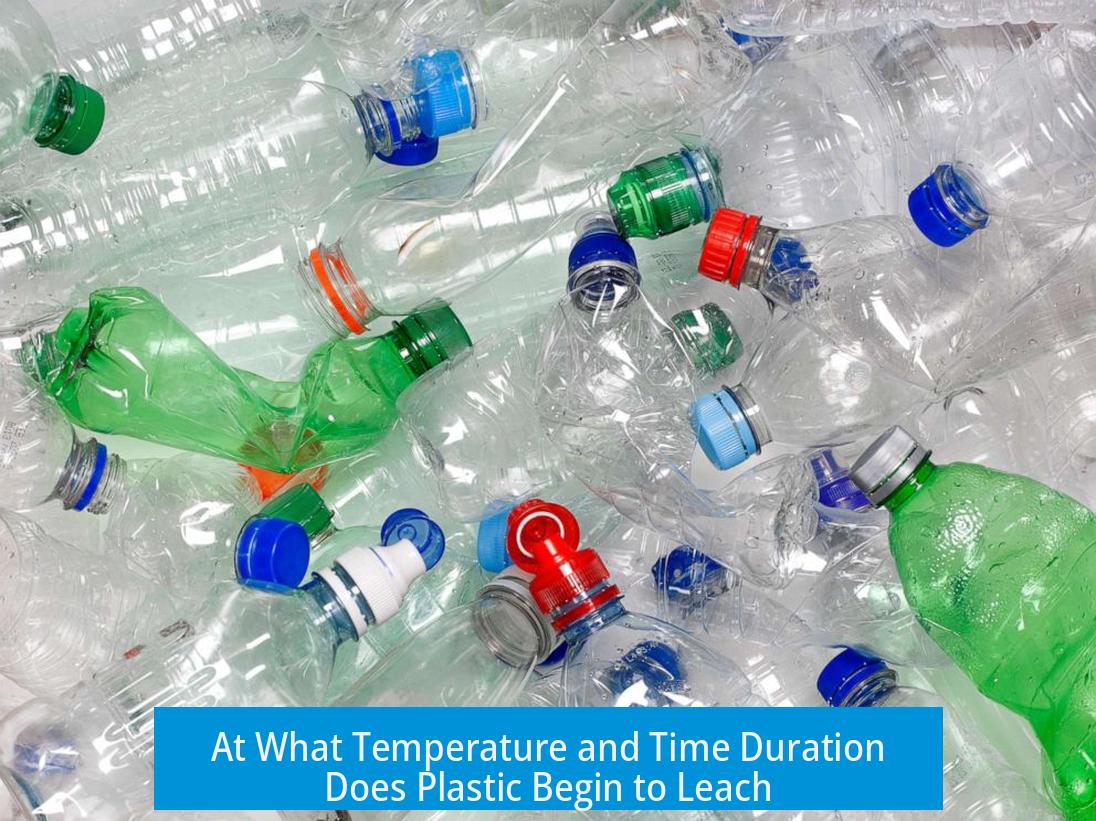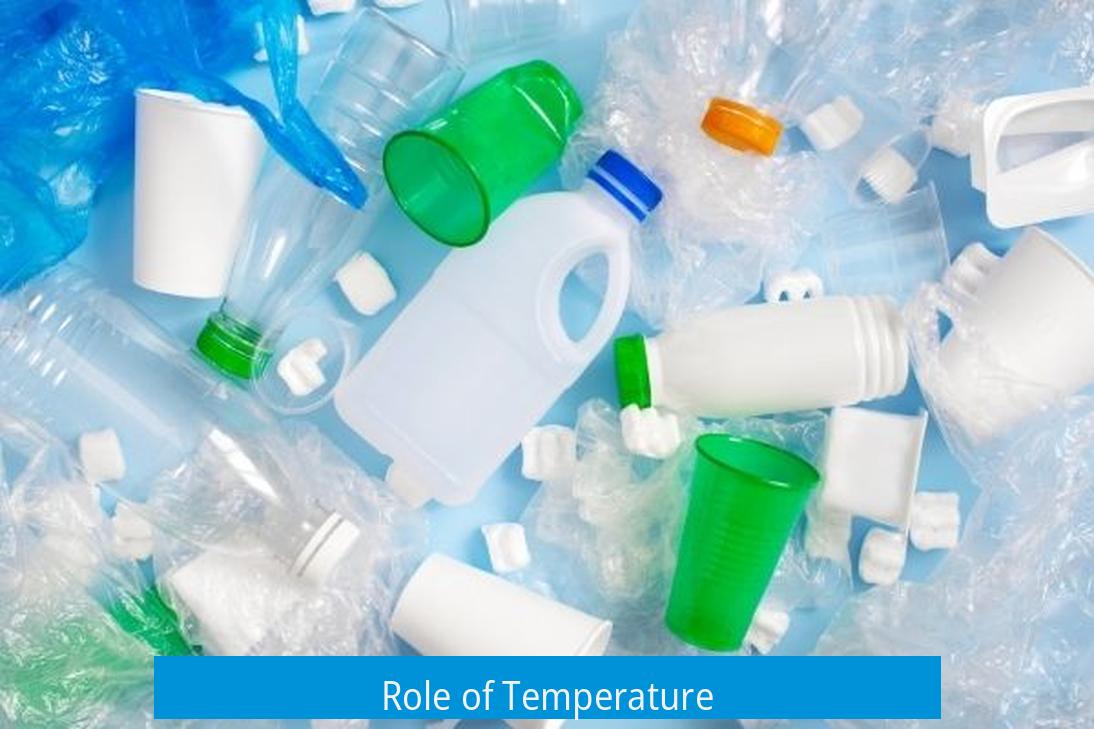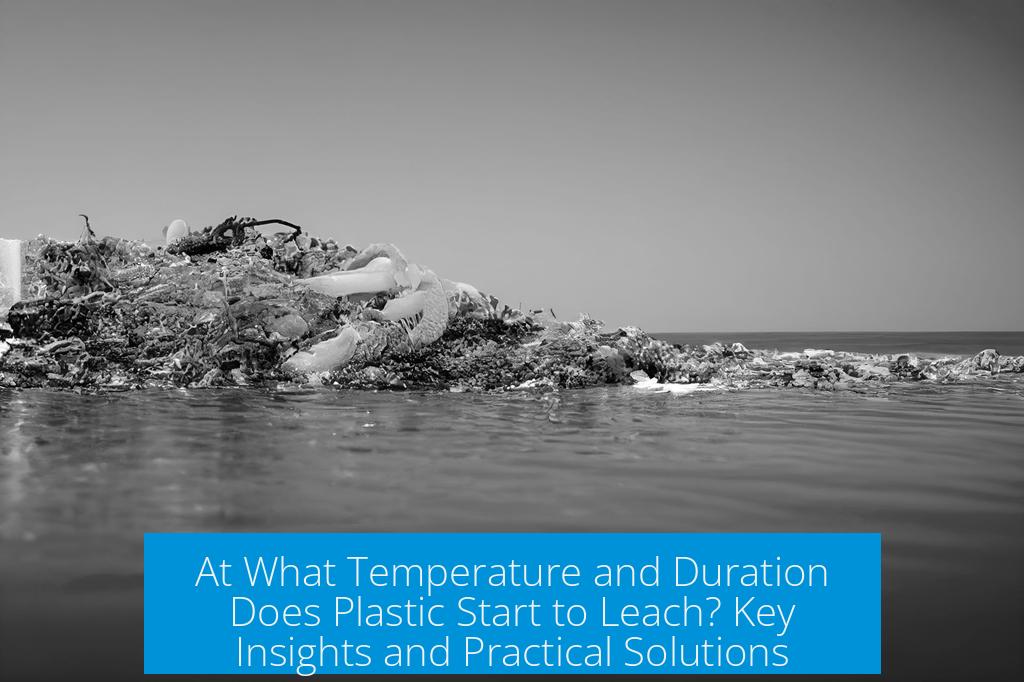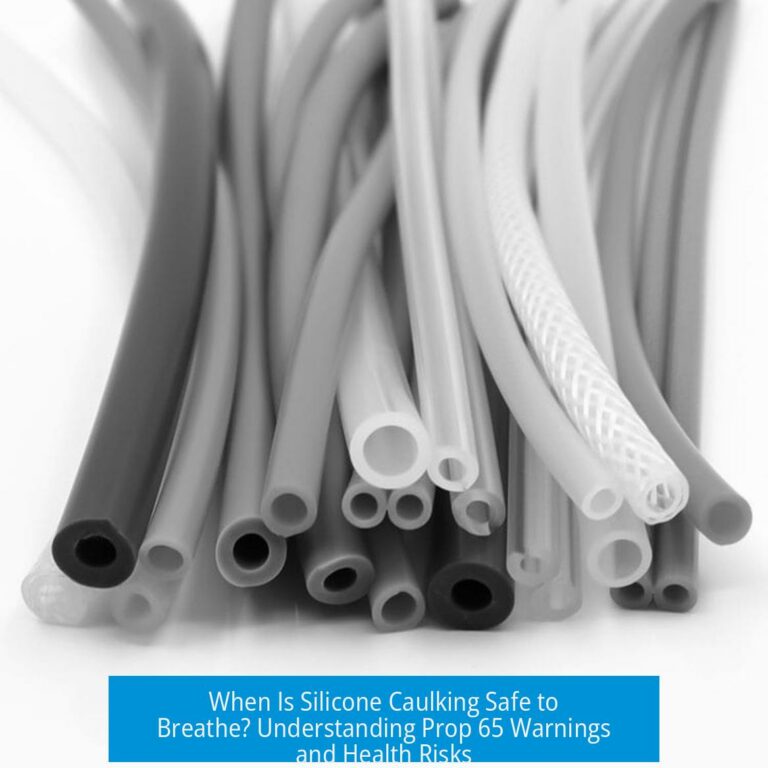At What Temperature and Time Duration Does Plastic Begin to Leach?

Plastic begins to leach chemicals at varying temperatures and time durations, depending primarily on the type of plastic and environmental conditions. Some plastics leach immediately upon exposure to heat or repeated use, while others remain stable under high temperatures for extended periods.
Dependence on Plastic Type
Different plastics behave differently. For some, leaching can occur instantly when heated, especially with repeated uses. Others resist leaching due to their chemical composition. Plastic types like polyethylene terephthalate (PET), polyvinyl chloride (PVC), and polystyrene often release plasticizers or additives more readily than highly stable polymers.
Role of Temperature

Leaching tendency increases with temperature. Hot beverages, such as coffee steaming in a plastic cup, may accelerate chemical migration. However, the exact temperature at which leaching initiates depends on plastic formulation. Some materials withstand heat without leaching below 100°C, but more sensitive plastics begin at lower temperatures.
Examples of Non-Leaching Plastics at High Temperatures
| Plastic Type | Temperature Stability | Leaching Characteristics |
|---|---|---|
| Silicone Rubber | Stable above 200°C, some up to 300°C | Does not leach BPA or typical plasticizers; plasticizer is often a softer silicone polymer or mineral oil, both low-risk |
Silicone rubber is notable for its thermal stability and minimal leaching, even under extended heating.
Challenges in Defining Time Duration
The duration necessary for plastic to leach chemicals is difficult to fix. It can range from immediate to long-term exposure, depending on temperature, plastic condition, and usage. Worn or scratched plastics leach more readily. Time and heat act synergistically to increase leaching risk.
Practical Measures to Prevent Leaching
- Avoid heating plastics or exposing them to harsh chemicals.
- Use food-grade stainless steel or glass containers for hot foods and beverages.
- Replace damaged plastic containers regularly to reduce leaching risk.
Key Takeaways
- Leaching temperature and time vary widely with plastic type.
- Some plastics like silicone remain stable above 200°C without leaching.
- Higher temperatures and longer exposure increase leaching potential.
- Physical damage speeds up chemical migration.
- Using glass or stainless steel avoids leaching risks entirely.





Leave a Comment